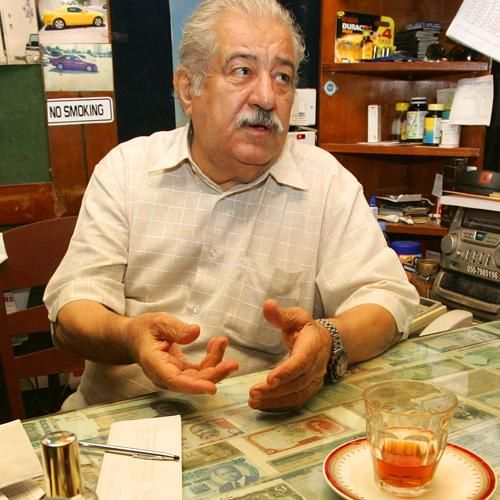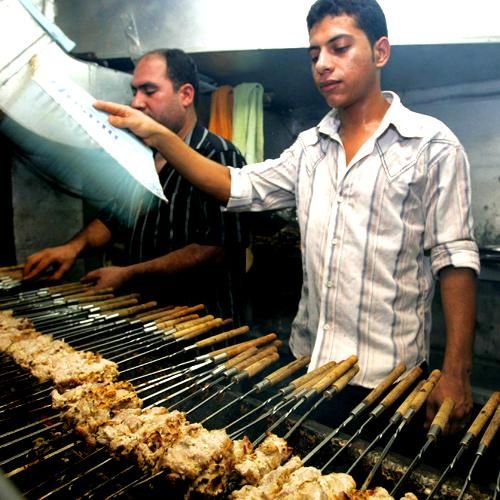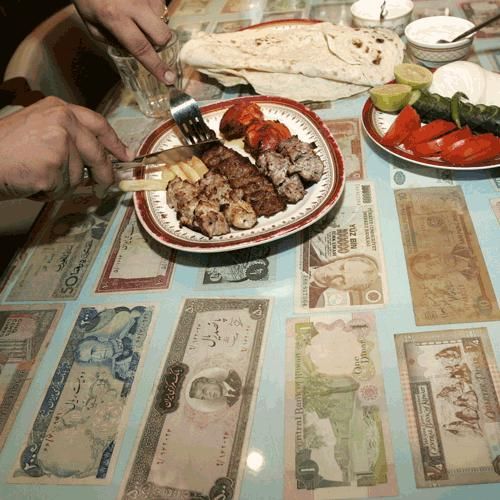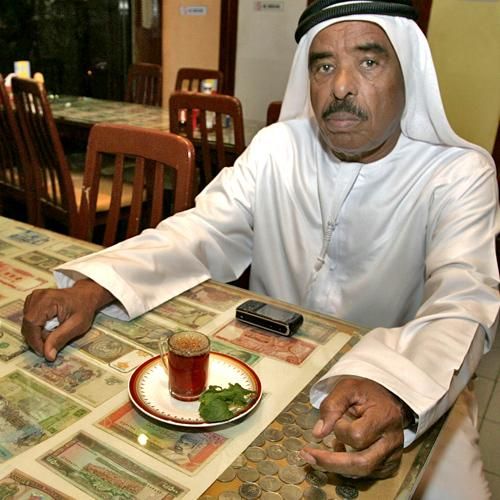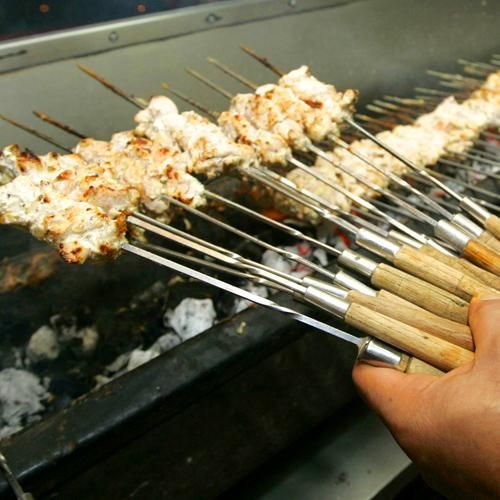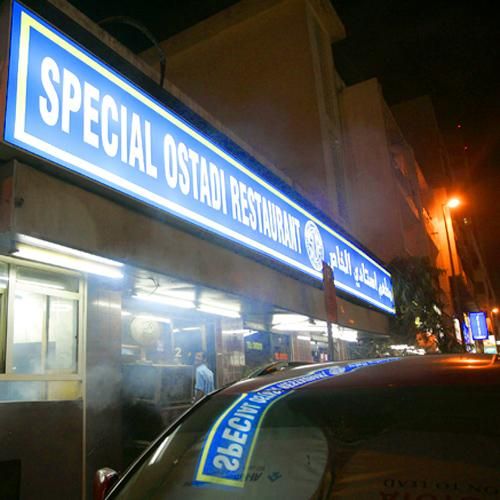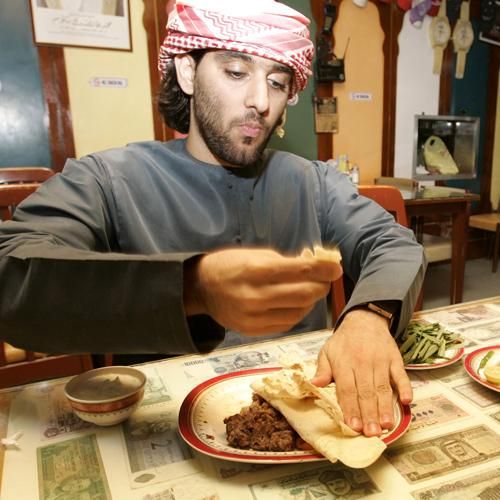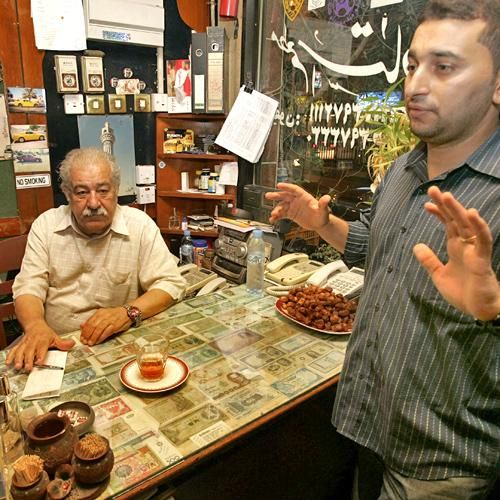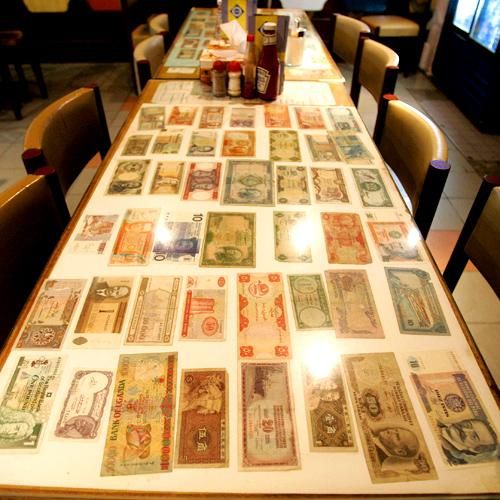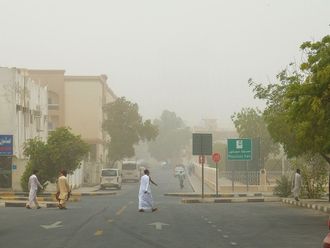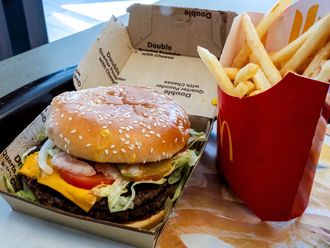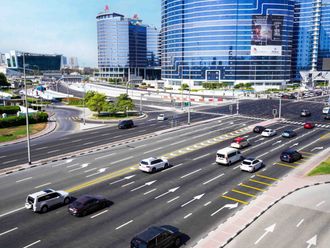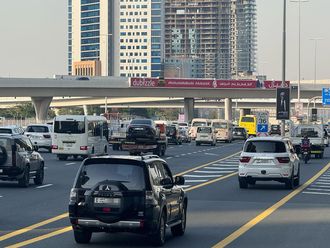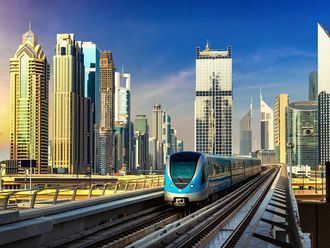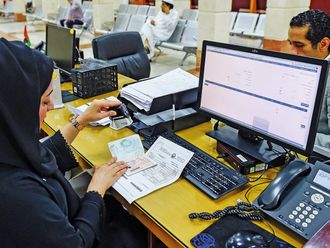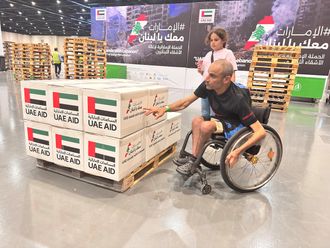Restaurateur Mohammad Ali Ansari, a 75-year-old Iranian national, remembers when he first moved to Dubai in 1940, a tiny dot on the Creek with only 5,000 villagers clinging to life in an unforgiving desert.
Back then, a donkey train brought sweet water from a well in what is now Satwa. Camels brought goods from Oman. And the first car rumbled along the village's tiny, sandswept passageways – there were no roads to speak of then.
Today, fresh water comes from desalination plants, aircraft and ships bring goods from around the world and Dubai's booming population of around 1.5 million speeds to and fro in more than 800,000 vehicles on a labyrinth of highways, roundabouts and bridges.
So much has changed, Ansari says, as he sits at his window-side desk inside his Special Ostadi Restaurant in Bur Dubai.
Looking across the growing crane-laden city skyline while rolling an 1851 American silver dollar through his fingers, Ansari yearns for the simple days gone by.
"Even a mathematician cannot think of such big things, how Dubai has grown so much in such a short time," he said.
"I can still remember the first car 50 years back. It was brought here by Shaikh Rashid Bin Saeed Al Maktoum. It was a Chevrolet – a white, four-door saloon car."
The thought of massive new airports like the one under construction in Jebel Ali is foreign to Ansari, who remembers seeing the first planes land in Dubai.
"They did not land on the sandy runways, they could only land on the sea," he said.
After working in his father's Bur Dubai grocery store as a young man, Ansari opened the Special Ostadi Restaurant in 1978 and success quickly followed thanks to a special yoghurt kebab recipe he borrowed from his hometown of Garesh, Iran.
"The yoghurt is very important to us. It has to be very sour to make the meat soft," he said. "It is a traditional fare served at marriage feasts in my country."
The kebabs have proved to be pure gold for Ansari over the years. For three decades, Ansari hasn't stopped serving what has become a culinary favourite in Dubai. His unusual but cosy restaurant has become another favourite, where hundreds of banknotes from around the world are on display under glass – mementoes left by happy customers.
Ansari has collected unusual bank notes since he was 15. When he first arrived in Dubai, the money of choice was the Indian rupee, followed by the Saudi Arabian riyal and then the UAE dirham. Money, however, is not the reason he still puts in time at his desk.
His son Abbas Ali Ansari, 30, said: "My father is a very clean man, very simple. He's never greedy and he is satisfied. My father has never forgotten his home, where he came from. When he was offered citizenship here, he declined because his heart is still in Iran."
Ansari's grandson Amer Ali Ansari, 21, has grown up in Dubai watching the Ostadi eatery prosper under his grandfather. "My grandfather has taught me to be patient and how to see life in a positive way," he said.
"Hard work pays in more ways than money," said Mohammad Ali Ansari. "We've always been honest and worked very hard. We didn't bring a thing from home, we came empty-handed. Dubai has given us everything now."
Witness To Change
- 1940: 5,000 villagers live in Dubai city and an estimated 33,000 through the emirate
- 1952: The Trucial Council is formed between the seven emirates to boost interdependence
- 1966: Shaikh Zayed Bin Sultan Al Nahyan becomes Ruler of Abu Dhabi
- 1968: The British House of Commons hears Prime Minister Harold Wilson announce they will pull their soldiers from the Gulf
- 1971: The UAE forms its new federation under Shaikh Zayed assisted by Dubai's Shaikh Rashid Bin Saeed Al Maktoum


